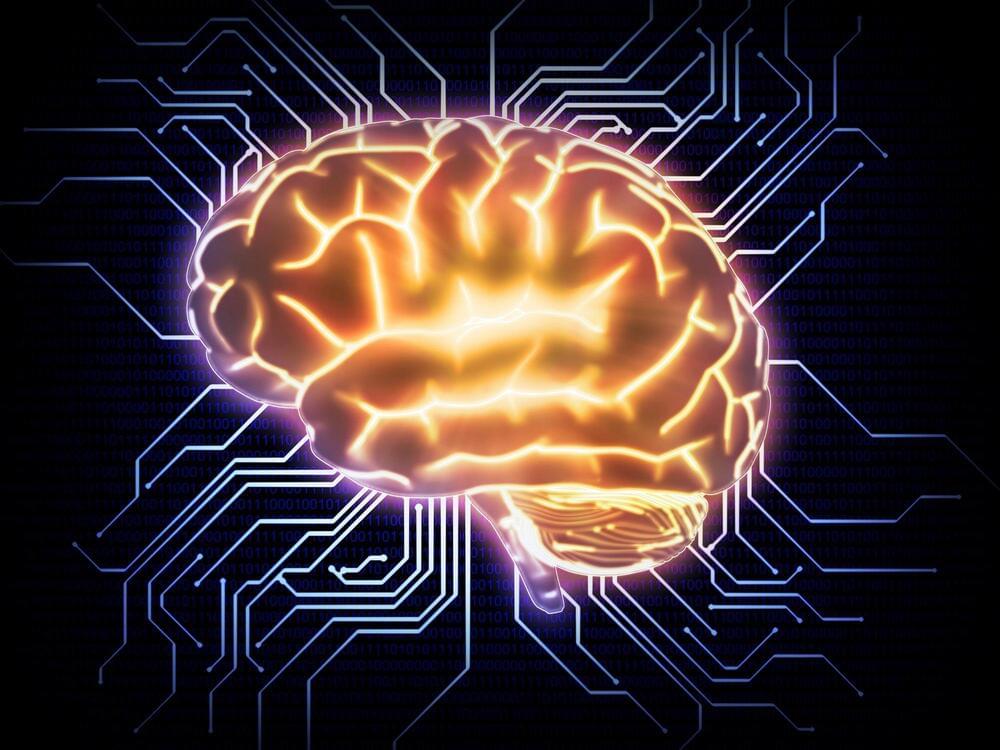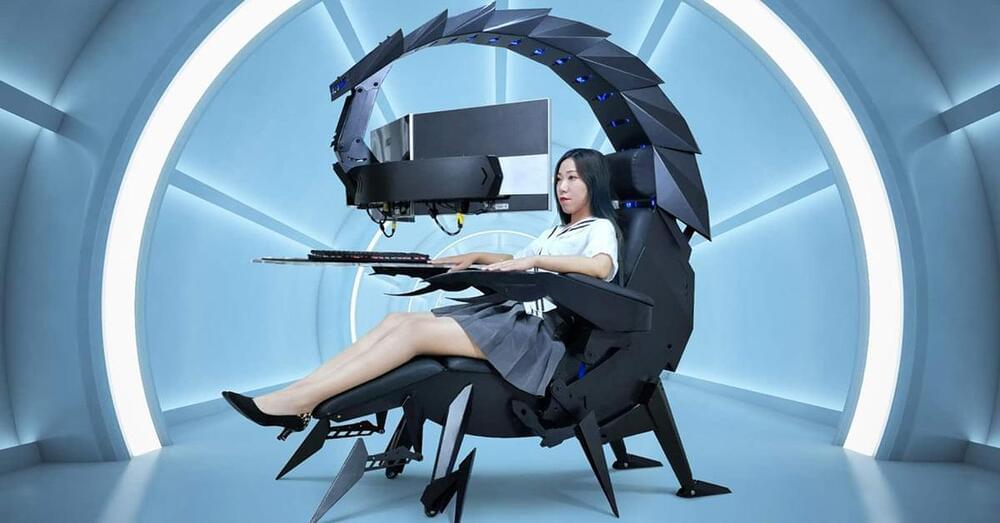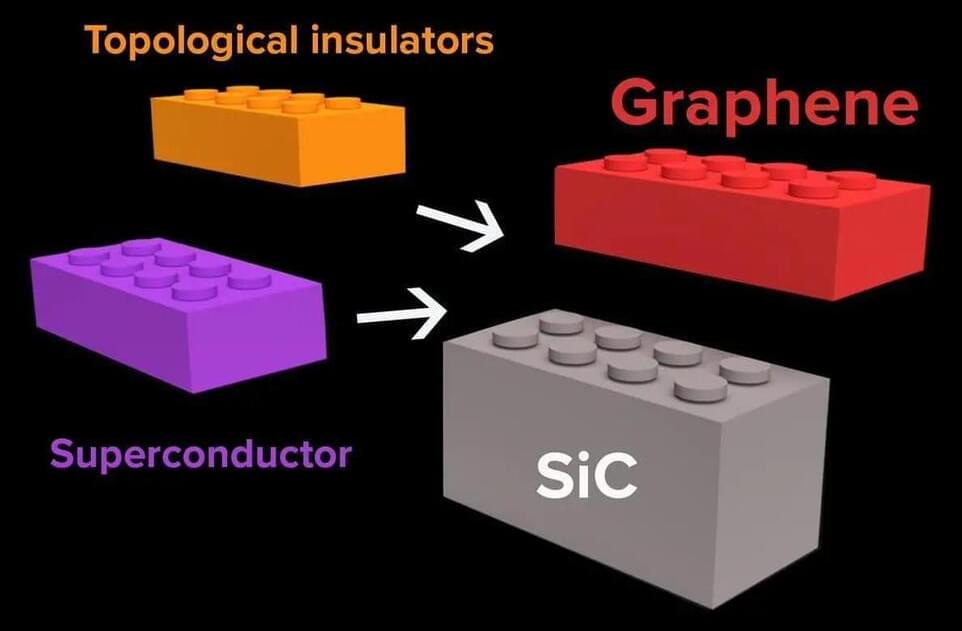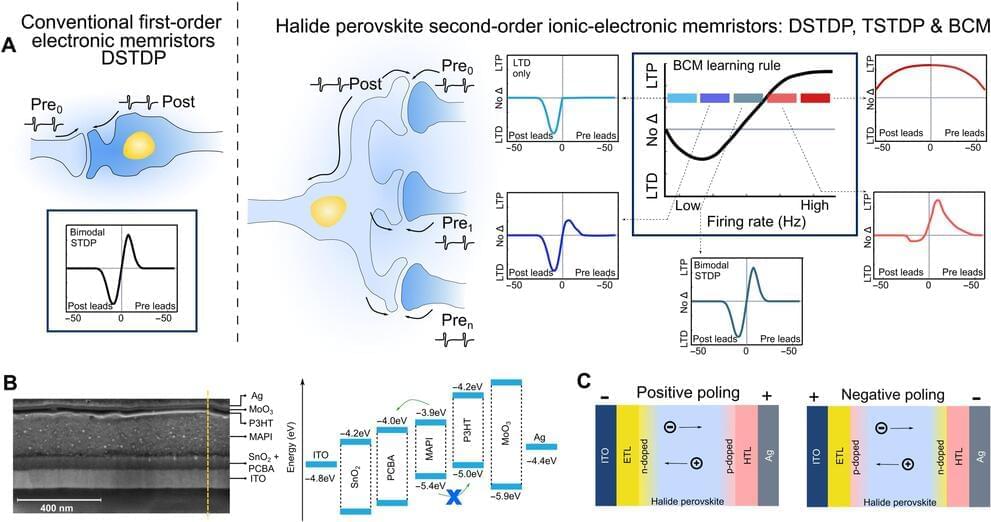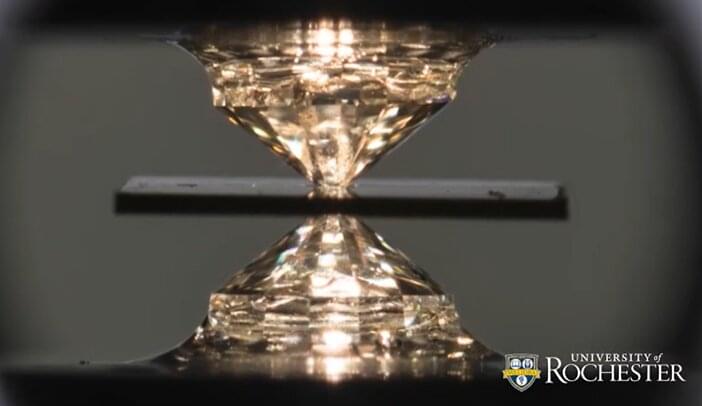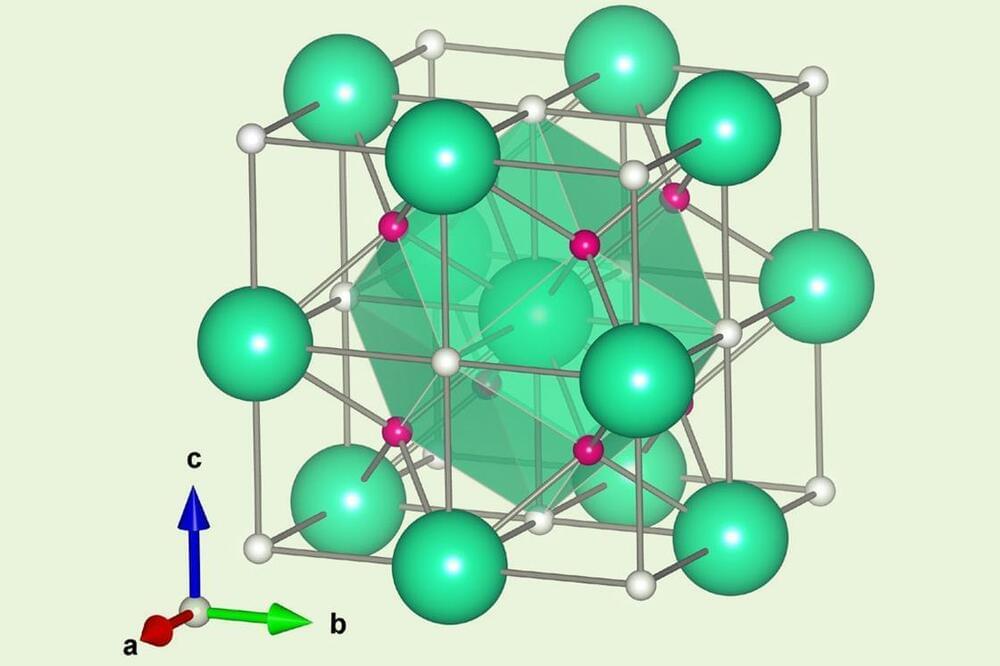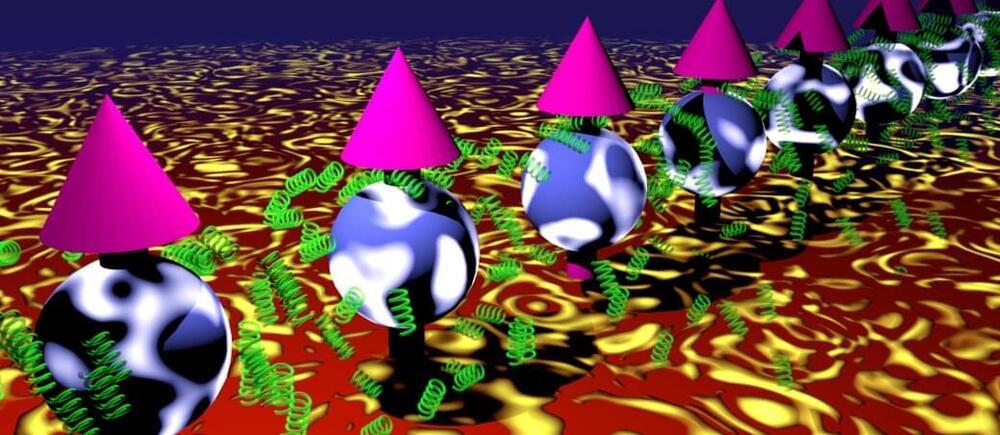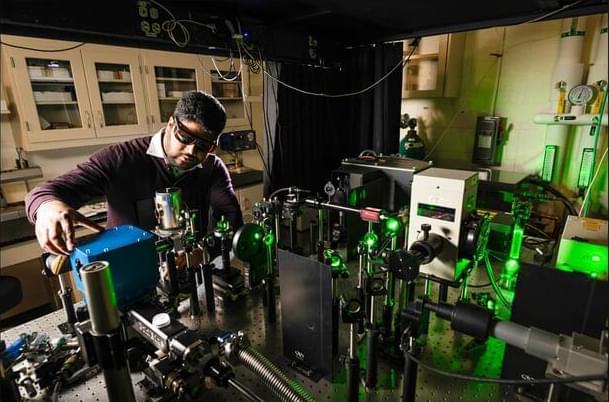
Has the quest for room temperature superconductivity finally succeeded? Researchers at the University of Rochester (U of R), who previously were forced to retract a controversial claim of room temperature superconductivity at high pressures, are back with an even more spectacular claim. This week in they report a new material that superconducts at room temperature—and not much more than ambient pressures.
“If this is correct, it’s completely revolutionary,” says James Hamlin, a physicist at the University of Florida who was not involved with the work. A room temperature superconductor would usher in a century-long dream. Existing superconductors require expensive and bulky chilling systems to conduct electricity frictionlessly, but room temperature materials could lead to hyperefficient electricity grids and computer chips, as well as the ultrapowerful magnets needed for levitating trains and fusion power.
But given the U of R group’s recent retraction, many physicists won’t be easily convinced. “I think they will have to do some real work and be really open for people to believe it,” Hamlin says. Jorge Hirsch, a physicist at the University of California, San Diego, and a vociferous critic of the earlier work, is even more blunt. “I doubt [the new result], because I don’t trust these authors.”
